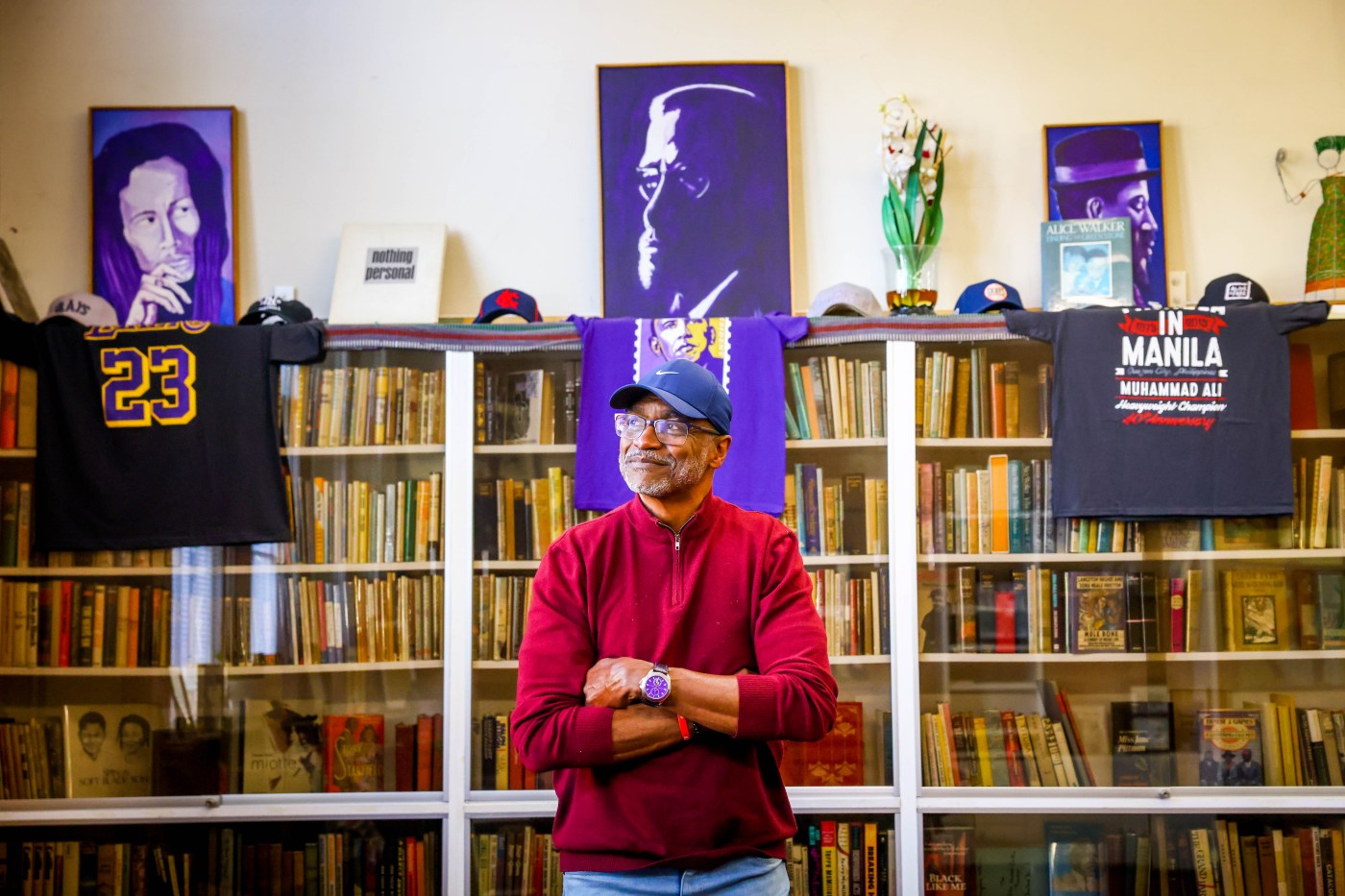
In February, a 13-year-old boy was arrested on suspicion of brutally stabbing a 15-year-old to death at Santana Row in San Jose.
In March, three teenagers were among seven people taken into custody in Oakland for a slew of alleged violent crimes including murder, shootings and armed robberies.
Earlier this month, two 13-year-old boys in Redwood City were apprehended by police after they were accused of shouting homophobic statements and throwing fireworks at a Pride celebration.
Related Articles
Only one of Bay Area’s three main downtowns has bounced back to nearly prepandemic levels
An ex-SJPD cop charged with violent road rage got leniency because of his military service under a new law. Was that the intent?
Oakland rapper arrested on murder charge after two months on the lam
Milpitas police: Missing child case was fabricated, mother arrested
One dead in second recent Bay Point fatal shooting, officials say
What makes this all the more shocking is not just how young the suspects are, but the growing frequency of these acts of youth violence in the Bay Area. The alarming trend of youth-based violence is happening among those between the ages of 10 to 24 who intentionally use physical force or power to threaten or harm others.
Youth violence prevention organizations across the region are noticing those in need of intervention are getting younger and younger. It’s a situation exacerbated by social media, as its content can expose kids to violence and provoke mental health issues.
In San Francisco, Alive and Free executive director Joesph Marshall said more younger students are coming to his agency to share their experiences with anxiety, depression and suicidal thoughts. The organization runs multiple programs and activities for at-risk youths that emphasize leadership skills, college preparation and peer connection.
“The topics we (Alive and Free) talk about, they’re hard,” Marshall said. “Although we sort of tone it down for kids, you’ll be surprised. Little kids, they know everything, they see everything.”
In Oakland, where the city’s crime rates are consistently higher than San Francisco and San Jose, staff at the violence prevention program Youth Alive report a growing demand to work with kids younger than their usual 15- to 19-year-old demographic.
Sometimes violent interactions between kids will stem from videos they see online, especially if the content encourages retaliation, according to Miguel Avila, a community services manager for the organization.
“We have seen over the last few years the ways in which conflict arise on social media and end up spilling out into the streets,” he said.
In San Jose, the city’s Safe Schools Campus Initiative (SSCI) also are bringing their expertise on deescalating violent incidents and gang mediation to middle school classrooms. The SSCI is a partnership between the city’s Parks, Recreation and Neighborhood Services, the San Jose Police Department, local school districts and Santa Clara County Department of Probation.
Jon Cicirelli, director of Parks, Recreation, and Neighborhood Services said kids are using social media to imitate others. Sometimes they’ll post content of themselves online wearing gang colors, or engaging in other activities that aren’t appropriate because they think it’s “cool,” Cicirelli said.
“They see images like that online, this wild behavior … and they idolize it,” he said. “They want to emulate it, they think it is true.”
Viewing videos, pictures and comments that display acts of violence and self-harm can be a trigger for teens who are already predisposed to, or at risk for developing mental health issues like anxiety or depression, according to Omar Gudiño, a local child and adolescent psychologist.
Gudiño, who is also deputy clinical director for the Child Mind Institute’s Bay Area office, said youths living in the technology-rich region have a “certain level of comfort” with tech that is uncommon in other part of the country. Interacting with social media content on a daily basis can influence youngster’s relationship with themselves, and with others.
“It shapes their sense of self, how they view of other people and what they expect from the world,” Gudiño said.
Youths who feel overwhelmed by social media and its contents should consider taking a break from their device and speak with a trusted adult, he said. With social media becoming a prominent aspect in teenager’s lives, Gudiño said its important for families, communities, schools and youth-violence prevention organizations to make a “unified effort” to keep kids safe.
Its advice that other local leaders like Circierrlli agree with.
“It’s a very impressionable time in their lives,” he said. “It’s an important thing for us to be able to be there to say, “There is a better way.”
At Alive and Free, Marshall said the programs are meant to these help foster trust and community among teens and staff.
Student Elda Tesfai who recently graduated from Lowell High School in San Francisco, said she appreciates these efforts. Tesfai said she doesn’t post or scroll through social media apps like Instagram and TikTok as much as her peers do. However, she’s noticed people her age negatively affected by what they see online.
The 17-year-old said she values the safe space Alive and Free creates for teenagers to express their emotions and shared experiences. They can talk about everything at the organization, she said, from their experiences with violence and self-confidence issues to thoughts about Black History.
“I feel like (in school) there is a pressure to be mindful of what you say,” Tesfai said. “But Alive and Free is a place where you can talk about your own lived experience with no judgment.”